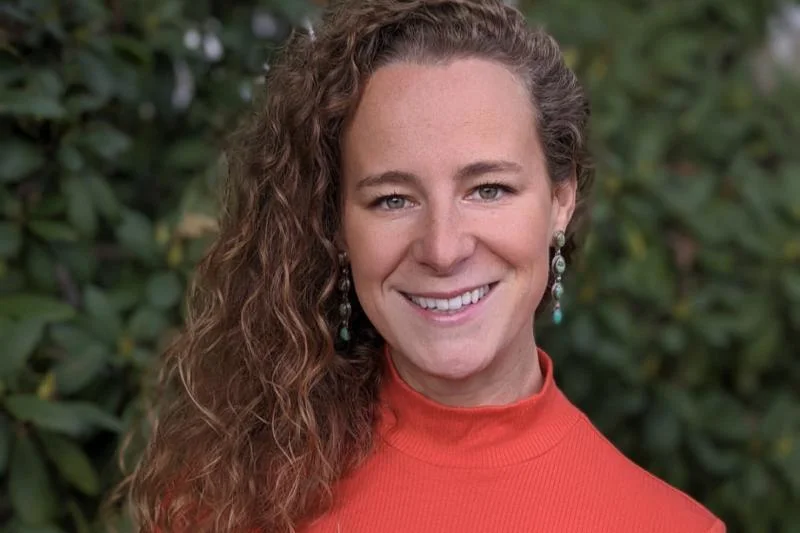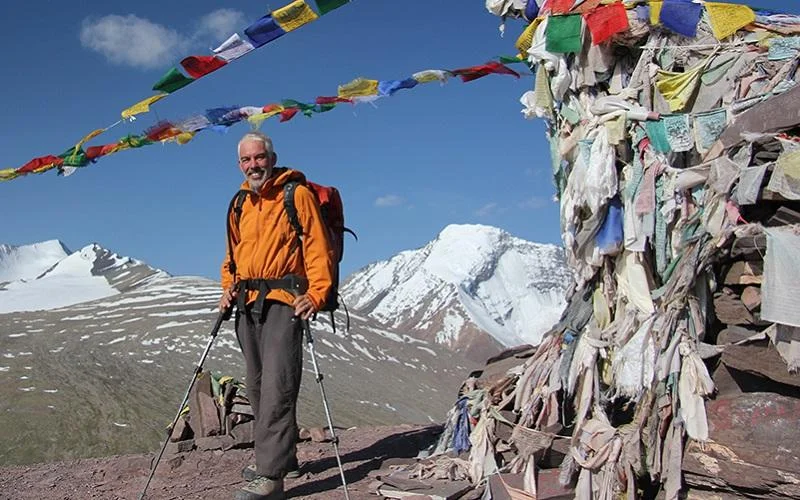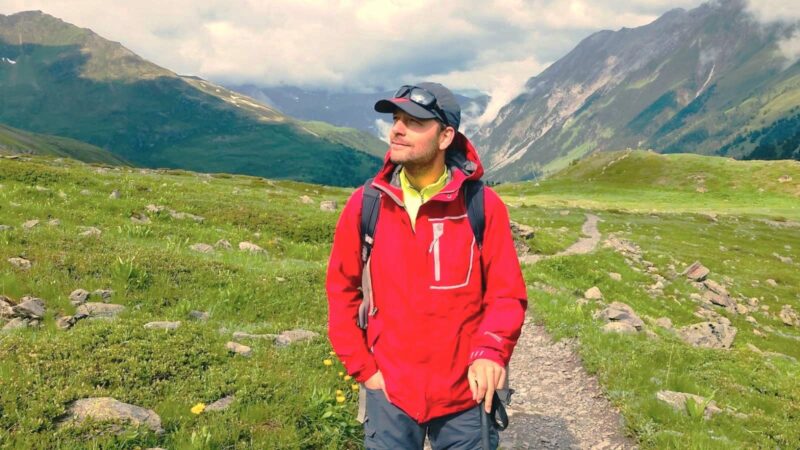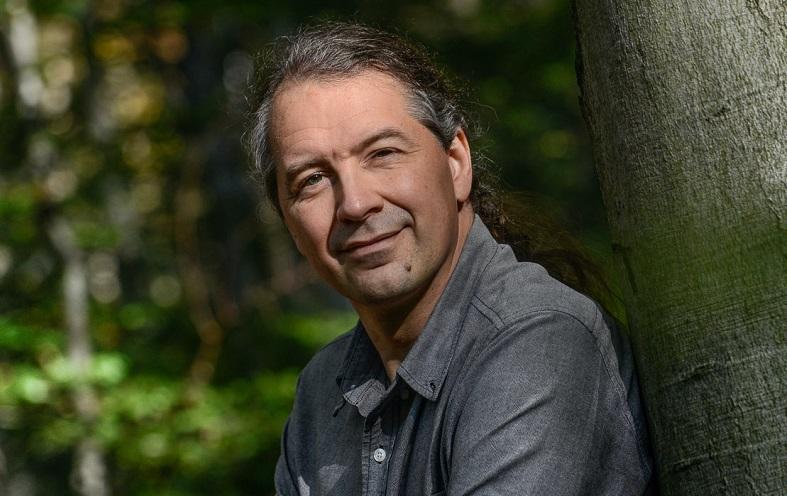
For today’s interview, we travel to Malaysian Borneo, where the experienced tourism facilitator and hospitality advisor Gracie Geikie has made herself a name as ecotourism supporter and sustainability advocate.
Learn about:
- The current state of sustainable tourism in Sarawak (Malaysian Borneo), and the region’s ecotourism champions;
- How Aiman Batang Ai Resorts and Retreat involve their staff in sustainability initiatives;
- Why it makes financial sense for tourism operators to promote conservation rather than the hunting of wildlife;
- How the Blue Ocean Strategy can help explore new markets.
Gracie, when did you discover your passion for sustainable tourism?
I have been a passionate tourism and hospitality operator since the late ’70s, but until it wasn’t until recently that I fully understood all elements of sustainable tourism. Working in remote areas such as the Bario Highlands, Mulu and Batang Ai, has opened my eyes to the pressing need to sustain our operations in these areas. A majority of the conferences which I have attended address sustainability as a pillar for successful tourism and hospitality operations.
Sarawak, Malaysia is a destination that is still quite new to sustainable tourism with all its issues and efforts. Yet it is lucky in the sense that there have been several successful initiatives that can serve as lessons for other countries.
You just completed your work as a consultant of Aiman Batang Ai Resorts and Retreat. Which sustainability initiative at the resorts are you most excited about?
One of the many exciting projects which I have been involved with is a farm to table initiative. Aiman Batang Ai Resorts and Retreat sits on approximately 300 acres of land and staff are given the opportunity to spend their free time to farm organic vegetables and fruits to sell to the resort. This exchange has become mutually beneficial and meaningful.
The resort is also creating awareness of wildlife conservation issues. Spotting wildlife as a tourism activity is far more sustainable and results in a higher yield per tourist than hunting it. Near the resort, we have spotted civet cats, orangutans, slow loris, hornbills, among other flora and fauna. Guests who leave for a day excursion to nearby ethnic tribal dwellings are reminded that all waste must be carried with them until it can be properly disposed of.
What have been the main benefits of implementing sustainability initiatives at Aiman Batang Ai Resorts and Retreat?
We sought to instil a sense of responsibility for all resort staff. By ensuring that the staff understand the sustainability initiatives and practices at the resorts, they can communicate this to guests. Educating our communities plays an important role in promoting sustainability.
Have you noticed any changes during the last years in consumer demand for sustainable tourism and travel?
I do notice that travellers are more conscious of what is being offered to them. Travellers are showing an increased willingness to participate in sustainable tourism measures and activities. As a professional conference organizer, I want to have our clients see more sustainability measures and activities and (most likely) to save money too.
The same goes for conference venues. For example, I support social entrepreneurs and village communities, who produce natural and recycled handicraft and products and have them featured in our events as much as possible.
My current project is to create an ecotourism business plan for rural communities in the highlands. And sustainability is the main thrust in this plan.

Could you explain to us what the Blue Ocean Strategy is and how you have applied the concept to sustainable tourism development in your various consultancy projects?
The Blue Ocean Strategy is defined as the pursuit of differentiation and low cost to open up a new market space and create new demand. In my area of work, Blue Ocean Strategy has allowed us to look beyond the existing scope of the rural tourism infrastructure to create and innovate.
By creating continual activities and events, we are able to have a sustainable framework for each community to continue with the activity and to be self-sustaining in enjoying tourism receipts. There are many challenges that come with developing tourism in rural communities. Pursing the Blue Ocean Strategy can help to overcome those by encouraging out of the box thinking.
As a Board Member of the Asian Ecotourism Network (AEN), which priorities do you see for the future of sustainable tourism in the Asia-Pacific region?
I am grateful to be on the board of the Asian Ecotourism Network, among peers in the areas of ecotourism and sustainable tourism. I am continually learning from my peers.
For the future of sustainable tourism to be successful, I see the need for more engagement with the government and relevant agencies that can help spearhead the needed initiatives. This is especially important in rural communities, and I hope to bring all this home to share with our communities.
AEN is the first sustainable tourism-focused non-profit and non-governmental network of representatives from 18 countries to be set up in Asia. It can steer us towards efforts in supporting and assisting governments and agencies to implement sustainable tourism initiatives across the continent.
Thank you, Gracie.
Connect with Gracie Geikie on LinkedIn.
Enjoyed our interview with Gracie Geikie, discussing sustainable tourism in Borneo, Malaysia and the Asia-Pacific region? Share and spread the word!











